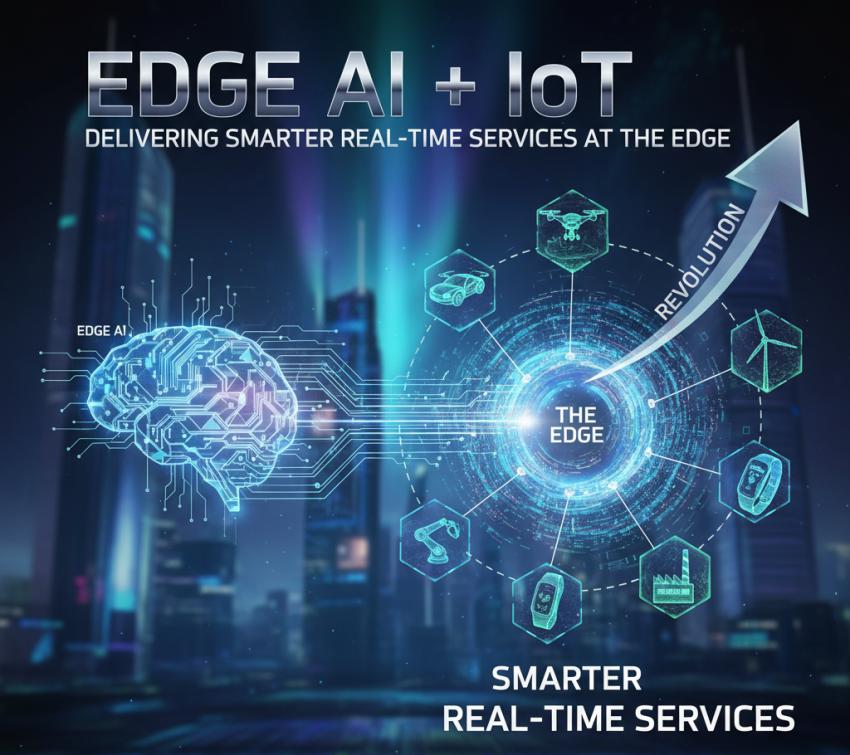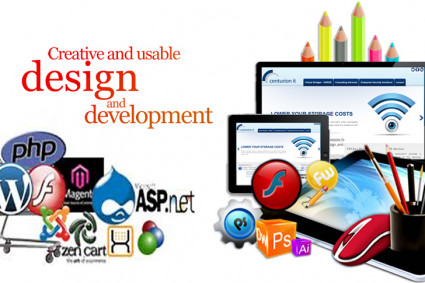
Introduction: The Next Wave of Smart Intelligence
As we step into 2026, the boundaries between Artificial Intelligence (AI) and the Internet of Things (IoT) are fading faster than ever. Together, they’re forming a new frontier known as Edge AI — a powerful blend of intelligent data processing and real-time decision-making right at the source. Instead of sending data to distant cloud servers, Edge AI enables devices to process information locally, ensuring faster responses, reduced latency, and greater reliability.
From smart homes and autonomous vehicles to predictive maintenance in factories, the combination of Edge AI and IoT is redefining how we experience digital services in real-time.
Why Edge AI Matters in 2026
In traditional IoT systems, sensors collect data and send it to the cloud for analysis. This process can cause delays and require massive bandwidth. But with Edge AI, devices can think for themselves. They analyze data instantly and act on it — even without internet access.
For instance, a connected car can detect a hazard and react in milliseconds, or a smart camera can identify suspicious activity on-site without waiting for cloud confirmation. This shift is crucial for industries that depend on speed, privacy, and precision.
As Generative AI and AI Agent development continue to mature, integrating them with edge devices makes systems not only smarter but also more adaptable. AI agents can make decisions, learn user preferences, and even predict potential issues before they happen — all in real-time.
The Role of ChatGPT Integration Services
Integrating conversational AI like ChatGPT into Edge AI systems opens up new possibilities for human-machine interaction. Imagine an IoT-enabled machine that doesn’t just perform a task but also communicates insights to you naturally.
For example, in manufacturing, an Edge AI system with ChatGPT integration services can alert engineers about performance drops and explain the possible causes. In retail, connected devices can interact with customers directly, answering queries or suggesting products based on their preferences. This fusion of natural language understanding with real-time edge processing enhances both user experience and operational efficiency.
SaaS Development Companies Leading the Shift
The demand for Edge AI solutions is creating opportunities for every SaaS development company looking to innovate. Cloud-based services are evolving to support hybrid architectures, where the edge and cloud work hand in hand.
SaaS platforms now deliver AI-powered dashboards, predictive analytics, and remote management tools that keep edge systems continuously optimized. Businesses can monitor thousands of connected devices, update models remotely, and ensure data consistency — all while keeping latency near zero.
Moreover, as more companies invest in AI agent development, SaaS providers are focusing on low-code and no-code AI tools that make it easier to deploy custom intelligent agents directly at the edge.
Future Outlook: Real-Time, Smarter, and More Human
By 2026, the integration of Edge AI, IoT, and Generative AI will make our environments more intuitive and responsive. From healthcare devices that track vitals and offer instant feedback, to smart cities that optimize traffic lights using real-time data, the transformation will be everywhere.
The goal isn’t just automation — it’s intelligence with a human touch. Systems will not only react but also understand, communicate, and evolve with us.
Conclusion
Edge AI and IoT are the cornerstones of the next digital leap. When combined with innovations like ChatGPT integration services, AI agent development, and modern SaaS development solutions, they empower businesses to deliver faster, smarter, and more personalized real-time services.
If you’re ready to explore how Edge AI can transform your business, contact us today — and let’s build the future, together.




